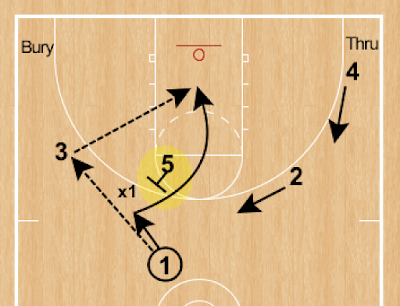Find inspiration wherever we can.
Rudyard Kipling penned, Six Honest Serving Men.
I keep six honest serving men, they taught me all I knew.
Their names are What and Why and When
and How and Where and Who.
After tryouts, the re-education process begins. Each coaching staff works to match their vision of TEAM with the reality. Can we connect, communicate, and get everyone on the same page? Condense to simplify and clarify. Then, ask the 'Six Honest Serving Men' how we intend to succeed.
What is our overarching vision?
"Get more and better shots than our opponent." - Pete Newell
What is our defensive blueprint?
"Allow no easy baskets" (a.k.a. one bad shot or Hard 2's).
Ask players what that requires (how). "Don't beat yourself."
Ask players what that requires (how). "Don't beat yourself."
- Get back on defense quickly and fully engaged
- Communicate and help
- No penetration/no middle
- Contest shots without fouling
- No bad fouls (we can't defend the free throw line)
- Own the boards
How will we score?
How will we score?
"Fall in love with easy."
- Get easy shots.
- "Movement kills defense." Move yourself and the ball.
- "It's not your shot, it's our shot." (Jay Bilas)
How will we be efficient?
"Basketball is a game of mistakes."
- "The ball is gold." Value the ball. Take care of the basketball.
- Play smart. Know your responsibilities.
- Force your opponent into mistakes through effort and teamwork.
When do we show effort? "Don't cheat the drill."
How will we be efficient?
"Basketball is a game of mistakes."
- "The ball is gold." Value the ball. Take care of the basketball.
- Play smart. Know your responsibilities.
- Force your opponent into mistakes through effort and teamwork.
When do we show effort? "Don't cheat the drill."
"There is no try."
- Don't say "I can't" or "I'll try." Do. I will. Bring energy and energize your teammates.
- Invest your time don't spend it.
- Win the day with a winning process.
What do we want to become? "One band, one sound." - Drumline
"Be accountable to your teammates."
- Your family is your first team. School is your next team.
- You are winter sisters.
- Play together, unselfishly.
Lagniappe:
- Don't say "I can't" or "I'll try." Do. I will. Bring energy and energize your teammates.
- Invest your time don't spend it.
- Win the day with a winning process.
What do we want to become? "One band, one sound." - Drumline
"Be accountable to your teammates."
- Your family is your first team. School is your next team.
- You are winter sisters.
- Play together, unselfishly.
Lagniappe:
"Movement kills defenses." Coach Flynn with video illumination.A good 'rule of thumb' Vs aggressive PNR D, is to make at least 2 passes out of PNR. With 2 (or more) passes, you can really get D scrambling. See these clips: In 1st clip, O makes 1 pass and then shoots with no adv. In 2nd & 3rd clips, the 2nd pass creates a wide opens shot. pic.twitter.com/OKgB3xqS6Z— Coach Liam Flynn (@coachliamflynn) October 30, 2018




























